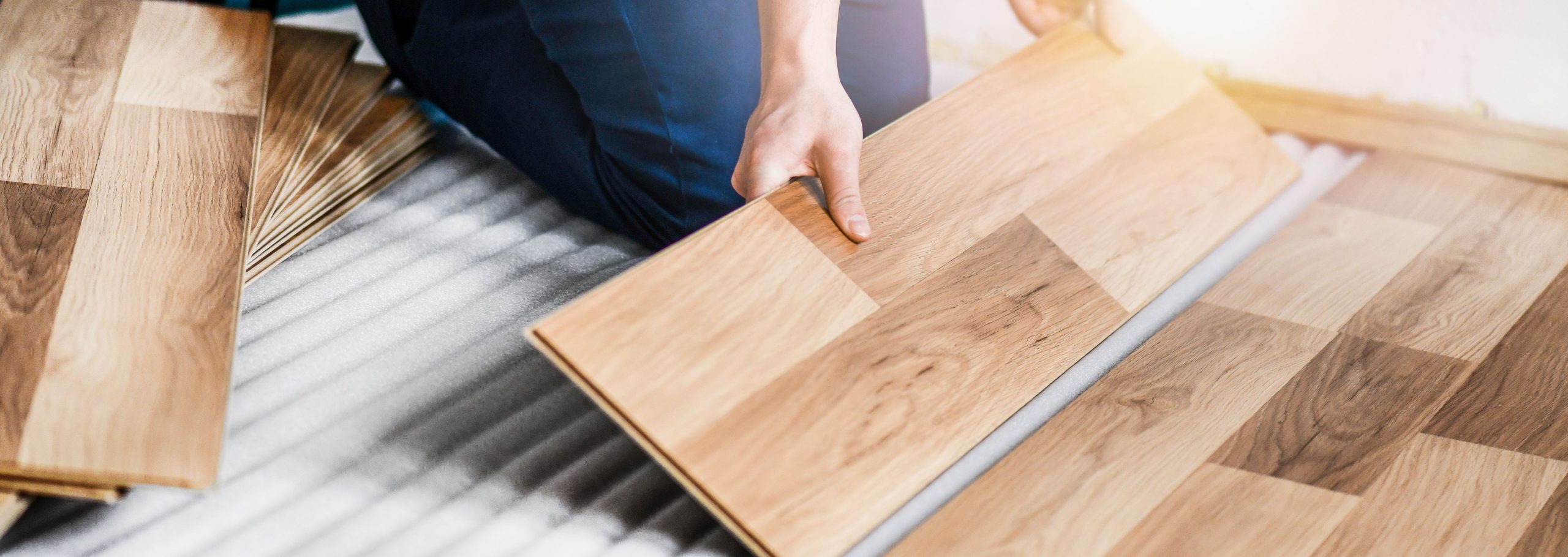Almost all engineered timber flooring can be sanded, and the number of times you can sand and polish entirely depends on the thickness of the wear layer. The thicker the wear layer, the more you can sand and polish your engineered timber flooring once every 10 years.
Sanding and Polishing Engineered Floors
Since engineered timber floors are more durable and affordable, they are becoming a favourite alternative to timber flooring. However, many homeowners are still sceptical about sanding and polishing engineered timber floors. Here’s everything you need to know.
Engineered timber floors are not exceptional to damage. Like timber floors, engineered timber floors also suffer damage from wear and tear, scratches and dents that make timber flooring look dull and worn out. Hence, engineered timber floors also need maintenance and upkeep from a professional timber floor sanding and polishing service.
As you know, floor sanding is stripping the top surface of wooden floors to remove surface damages like wear and tear and scratches. It reveals the fresh wood underneath, which is then applied with a new finish, such as a sealant or stain that protects and enhances the look of timber flooring. Thus, sanding improves the longevity of engineered timber floors.
How Many Times Can Engineered Wood Flooring Be Sanded?
There is no hard and fast rule when it comes to the number of times to sand an engineered flooring. However, as a general rule of thumb, you can sand, and polish engineered floorings 3 to 4 times once every 10 years.
Engineered flooring is made of multiple layers of plywood, topped with a solid hardwood layer that can be sanded and polished. High-quality engineered floors come with a thickness of hardwood wear layer spanning anywhere from 3mm to 6mm. Some with a thickness of 8mm are also available.
You can sand and polish good-quality engineered floors, as mentioned above, around 3 to 4 times in their lifetime. Typically, engineered floors are sanded 10 or 15 years after installation. However, the number of years can vary depending on the foot traffic and damage the floor suffers. After the first sanding, you can sand them every 10 years, depending upon the thickness of your engineered floors. Note that engineered timber flooring with thicknesses of less than 3mm cannot be sanded and polished. Always check for the manufacturer’s recommendation to learn how often you can sand your engineered floors.
Maintaining Engineered Floors Without Sanding
You can also maintain engineered timber floors without sanding and polishing— by renewing them. Renewing is just cleaning and polishing or re-coating. In other words, it is the application of a fresh coat of finish without sanding. For instance, if there are only a few mild wear and scratches— that have not penetrated the top wear layer, you can renew the existing finish by applying a layer of water-based or oil-based polyurethane over the existing floor surface without sanding.
Also, if water starts seeping into the floor instead of beading, you can simply recoat the finish. Hands down, recoating the finish instead of sanding is an easy option to protect engineered timber flooring and improve the durability of the sealant. So, if you are renewing or recoating the engineered floors, you need to recoat them every 4 to 7 years, depending on the damages and traffic the floor receives.
In case of severe damage like deep scratches, dents and cupping or crowning, you can consider changing only the damaged floorboards instead of refinishing the entire flooring.
If you are looking for professional engineered timber floor sanding and polishing service in Sydney, contact our expert timber floor sanding and polishing team at Stanton Flooring.

